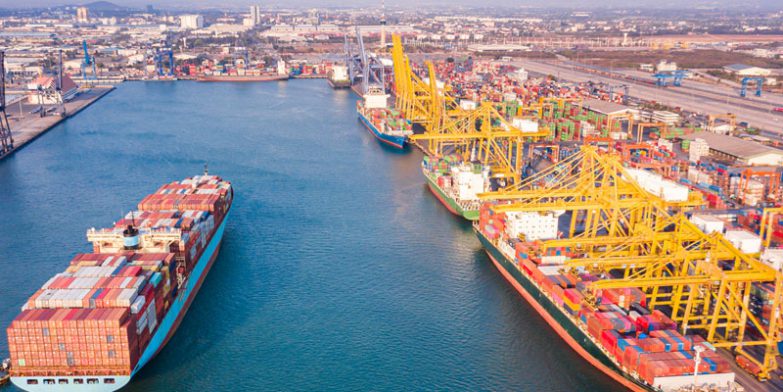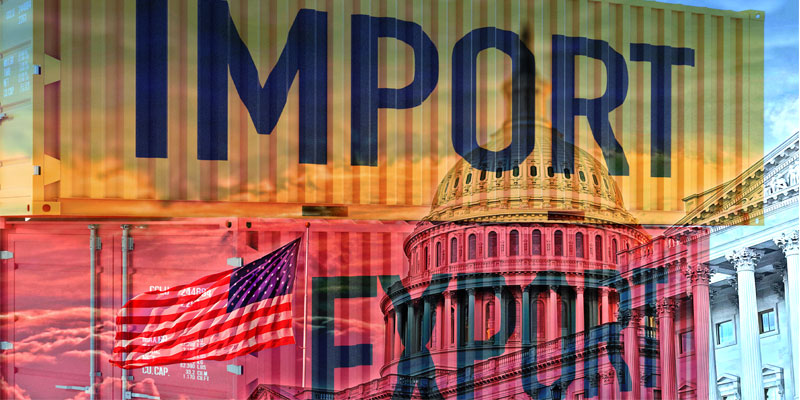
As we progress through the traditional container shipping peak season, analysing the planned levels of blank sailings and capacity deployment for the remainder of the third quarter provides valuable insight into carriers’ confidence in the 2024 peak season.
For the Asia-North America West Coast route, carriers have planned to blank 4% of the total capacity, similar to pre-pandemic averages and 2020 levels. This is significantly lower than during the pandemic years when blank sailings were forced due to port congestion.
Capacity growth for the same period in 2024 is set to be 25% higher than in 2023, and 10% higher than in 2020, which saw peak capacity deployed in terms of TEUs. This strong capacity growth and relatively low level of blank sailings suggest that carriers are optimistic about the peak season for this trade lane.
In addition to blanking fewer sailings carriers are adding new services, with MSC relaunching its Asia-US East Coast Liberty service from 8th August 2024, calling at Shanghai, Busan, Miami, Savannah, Charleston, Philadelphia, New York, Singapore, Shanghai.
On the Asia-North Europe route, the planned blanked capacity is 6% for the next 11 weeks, slightly higher than in 2020 and pre-pandemic averages, but not by much. There is no year-on-year growth in deployed capacity for 2024. However, in 2023, the trade saw a 13% year-on-year capacity growth, which was high compared to historical averages and exceeded the demand levels at that time.
The willingness of carriers to maintain this elevated capacity level in 2024, along with the relatively low number of blank sailings, indicates a strong and confident outlook for the peak season on this route.
Shippers front-loading imports have contributed to the recent spike in container shipping demand from the Far East, and has the potential to result in a less intense peak season than might have been expected.
As the spike in imports developed, US ports have been sharing advance information with the rail operators, who have responded by increasing the deployment of railcars, locomotives and staffing to West Coast ports. Container dwell times have improved despite the strong volume growth and port managers say their marine terminals are ready to handle what they expect to be a healthy peak season.
However, with ocean supply chains still under significant pressure, concerns remain about a capacity crunch in the coming months, especially if disruptions such as the ILA East Coast strikes and China tariffs occur. Carriers have seemingly opted to keep capacity elevated.
While shippers should brace for a challenging second half of 2024, these recent market movements offer some hope of increased available capacity from Asia, which at the very least reduces the risk of cargo being rolled.
Whichever route the sea freight market takes, our contracts with the shipping lines protect space and rates, to consistently deliver cost-effective, resilient and reliable ocean freight solutions on every trade-lane.
Global Forwarding’s dedicated teams in the US and Europe handle ocean shipment, customs brokerage and domestic transport.
For the US EMAIL Adam Davies.
For Europe EMAIL Andy Costara.





